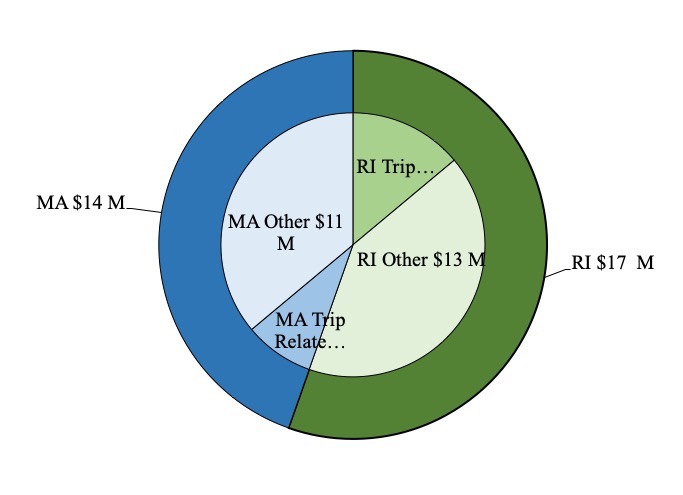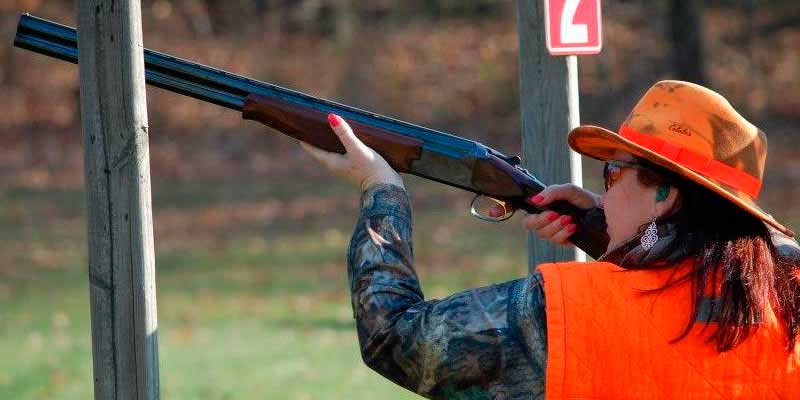
Recent Trends
- Hunting generates millions in revenue: in 2011, 26,000 active hunters in the NBW generated $32 million in revenue, $7 million from trip related expenses and $25 million from equipment/other expenses (2016 dollars) (see graph).On average, these individuals spent $1,300 a year on hunting, including purchases such as firearms, ammunition, specialized clothing, permits, guides, etc. Aside from the economic benefits of hunting, it also aids in population control of animals like deer and coyote which threaten other wildlife species or damage ecosystems due to overpopulation.
- Four of five hunters are from the NBW: 81% of hunters in the survey live in the NBW, while the remaining 19% are tourists, indicating additional economic impact related to tourism (see “Tourism” fact sheet for more information). On average, most of these hunters reside in urban areas, are white males between 45-66 and hunted on private lands.
- Hunting is gaining popularity: the number of hunters increased 21% from 2001.This increase in popularity indicates a positive outlook for the continued economic impact of hunting in the NBW.

Future Outlook
Hunting relies heavily on the availability of healthy ecosystems for wildlife, mainly forests and open space. Currently, the effects of urban and suburbanization are placing strains on these resources: from 2001 to 2011, the forest coverage in the NBW decreased 4.3%. Additionally, 17% of open space in the watershed is not protected, leaving it vulnerable to development. Climate change will also have an impact on wildlife diversity and species composition in the watershed. For example, two species that are popular game in the watershed – white-tailed deer and the wild turkey – will be vulnerable to habitat relocation as temperatures increase in the area, causing them to migrate further north to remain in climates similar to that of the modern-day watershed. By 2080, it is predicted that the wild turkey will lose 87% of its current wintertime range due to increasing temperatures as a result of climate change. Additionally, warming temperatures will likely lead to increases in other wildlife, including invasive species. Measure to protect the existing habitats of these species is imperative to maintaining healthy populations and ensuring the future of hunting in the NBW.

